On 1 December, the NZ Public Advisory Committee on Disarmament & Arms Control held a webinar on the above subject. The NZCGS Director, Dr. Kennedy Graham, who has been a member of the Committee (2019-21), gave the response to the introductory speech by the Minister for Disarmament, Hon Phil Twyford. Dr. Graham’s address, focusing on Nuclear Disarmament and Non-Proliferation, can be found below:
Progressing Disarmament: PACDAC Webinar: 1 December 2021
Item 2: Dr Kennedy Graham: Nuclear Disarmament and Non-Proliferation
Nuclear disarmament is the most important security issue, of any, confronting the global community, and therefore New Zealand. Climate change & nuclear weapons are the two existential threats facing humanity. They are different in kind:
- Climate change is an incremental threat, like a mortal illness.
- Nuclear conflict is an immediate threat, like a fatal accident.
Concern over the nuclear threat has bothered New Zealand since the 1970s. Under the 1987 Nuclear Free Zone Act, no citizen or resident can aid or abet anyone in the manufacture or control of a nuclear weapon anywhere in our national Zone. No govt. official can do so, anywhere in the world. It’s a criminal offence under domestic law.
International law is different. It’s important to be clear about the treaty status of nuclear weapons. There are three fundamental periods – comprising 23 years, 53 years and one year:
- 1945 to ’68 (23 years): it was legal to own nuclear weapons; there was no treaty banning it.
- 1968 to 2021 (53 years): under treaty law, it has been recognised for 5 states to possess nuclear weapons and for 185 states not to – all on the understanding that negotiations will be pursued in good faith for those 5 to disarm. That obligation, after half a century, has been violated. Four other states have not joined or have withdrawn; making 9 NWS today out of 193 UN members.
- From January 2021 (1 year): also under treaty law, 56 states have agreed ‘never under any circumstances’ to possess nuclear weapons. Another 66 states voted for the treaty but have not yet formally joined.
The 10th Review Conference of the NPT is to be held in January in NY and the 1st meeting of the TPNW parties is in March, in Vienna. The two treaties are qualitatively different.
- Treaty 1 is about possession & non-proliferation.
- Treaty 2 is about prohibition & disarmament.
Perhaps the biggest single mistake the international community continues to make is to designate the NPT as the ‘cornerstone of the nuclear disarmament & non-proliferation regime.’ It is patently clear, after half a century, that there are two regimes, politically, and now, legally. The NPT is the corner-stone of non-proliferation, not disarmament.
There are two central features to the Prohibition Treaty: irreversibility and universality.
Irreversibility
If a state formally undertakes never under any circumstances to possess something, this logically indicates an irreversible undertaking. The Treaty’s preamble states that ‘a legally binding prohibition of nuclear weapons’ is an important contribution towards their ‘irreversible, verifiable and transparent elimination’. Yet there is a logical contradiction, insofar as the Treaty allows a state to withdraw if it decides that extraordinary events have jeopardized its supreme interests.
The negotiators argued that a treaty in positivist law can always be renounced and so there needs to be a withdrawal article, as there is with the biological & chemical weapons prohibition conventions. The identical article was included in the TPNW.
But it would have been preferable to use the withdrawal article in the 1985 South Pacific Zone Treaty. That stipulates that the zone treaty is permanent and will remain in force indefinitely. A party can withdraw only if another party has violated an essential provision. In the 2020s, it remains open for the TPNW parties to agree politically that they will interpret the withdrawal clause on this basis.
Universality
The TPNW raises the prospect of whether the nuclear weapon prohibition can be regarded as a peremptory norm, defined in the Vienna Convention as a norm recognised by the international community as a whole, from which no derogation is permitted.
In 2021, the opposition against the TPNW of 40 nuclear powers and allies means it currently falls short of a peremptory norm. However, this does not mean that it may not become one, in the future. Both the biological & chemical conventions have achieved effective universality. The nuclear prohibition treaty is not going away, and will trend towards universality as the decades go by, whether it takes 53 years or less.
Two critical points are relevant here:
- The Treaty is filling the ‘legal gap’ that the ICJ identified back in 1996. In its Advisory Opinion the Court stated: “In the long run, international law and with it the stability of the international order which it is intended to govern, are bound to suffer from the continuing difference of views with regard to the legal status of weapons as deadly as nuclear weapons. It is consequently important to put an end to this state of affairs: the long-promised complete nuclear disarmament appears to be the most appropriate means of achieving that result.” With that statement, the Court foreshadowed a ‘future general prohibition’. A quarter of a century later, the TPNW is exactly that.
- Article 12 of the TPNW, titled Universality, requires that each Party shall encourage non-parties to join the Treaty, to ensure universal adherence.
Conclusion
In light of all this, I suggest that the natural, and most effective, policy the NZ Govt. can pursue in the 2020s has two goals, and possibly a third:
- Actively persuade the other 66 signatory states to join the Treaty sooner rather than later. Let me name the first and most likely 12, in that group:
In Africa: Ghana, Malawi, Tanzania, Zambia, Zimbabwe
In Europe: Liechtenstein
In Asia: Brunei, Indonesia, Nepal, Timor Leste
In Caribbean: Grenada
In Latin America: Peru
- Promote a joint political declaration by states parties that they relinquish the right of withdrawal from the TPNW, and also the BWC and CWC; that they regard the withdrawal articles as nullified, and regard the illegality of biological, chemical & nuclear weapons as a nascent peremptory norm under customary international law.
- Have the UNGA request the ILC to do a study on the effect which the proclaimed illegality of biological, chemical & nuclear weapons may have on customary int. law.
In this respect New Zealand will need to act entirely independently of Australia, which does not support the TPNW. But there is nothing new to that, and the recent trilateral AUKUS agreement changes nothing. It is a political document, strategically motivated, with commercial interests, and has no status in international law.

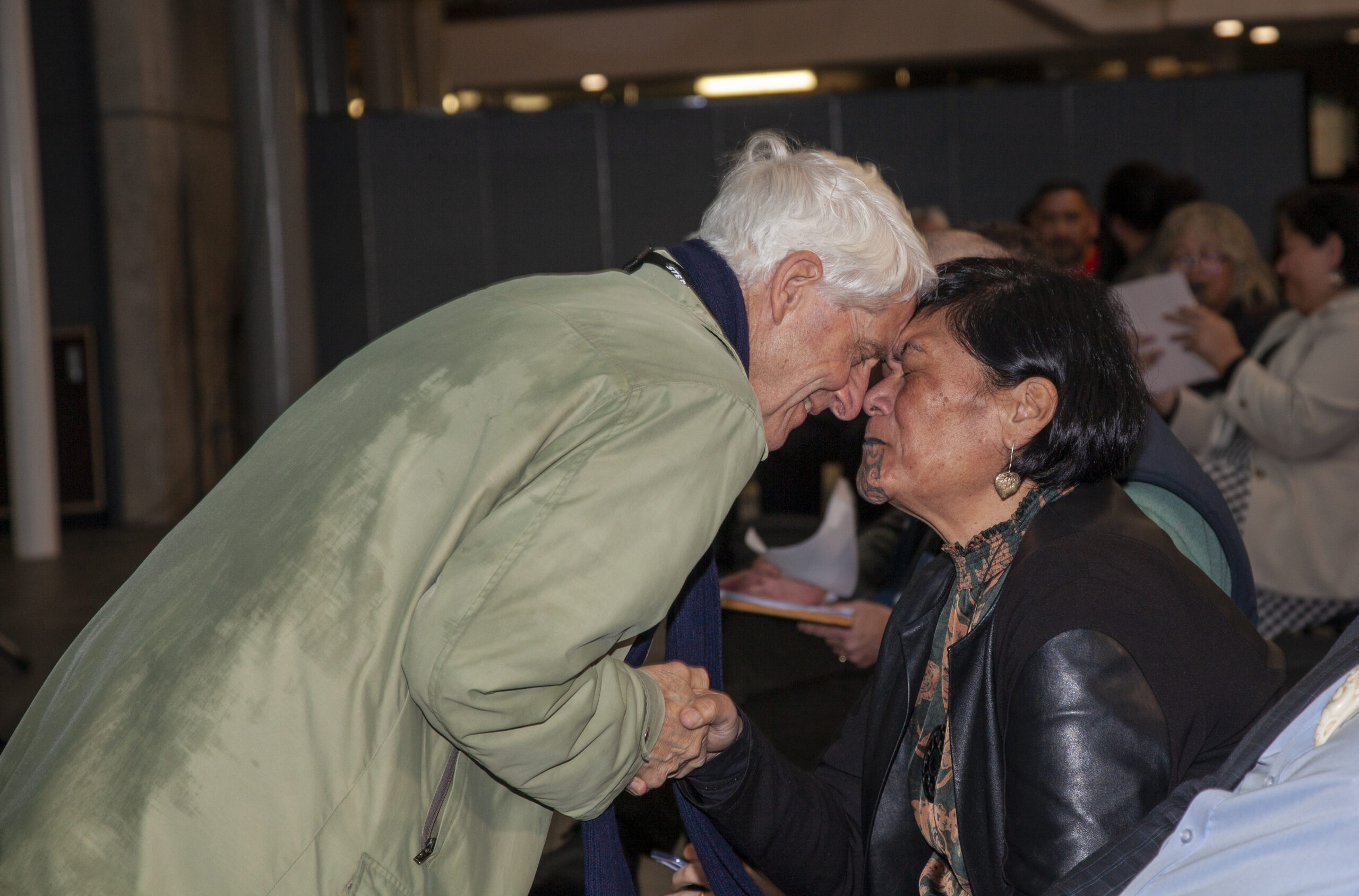
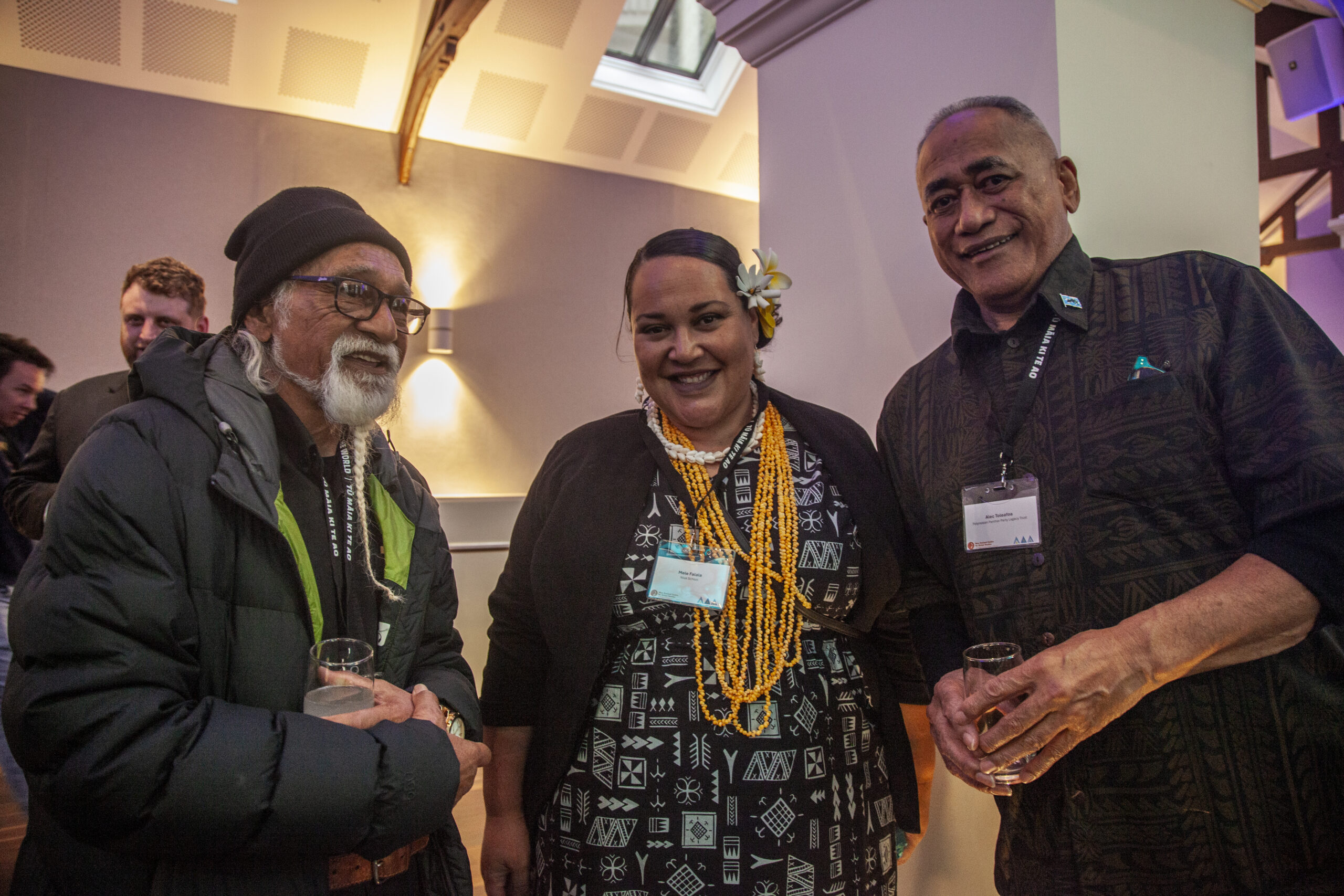

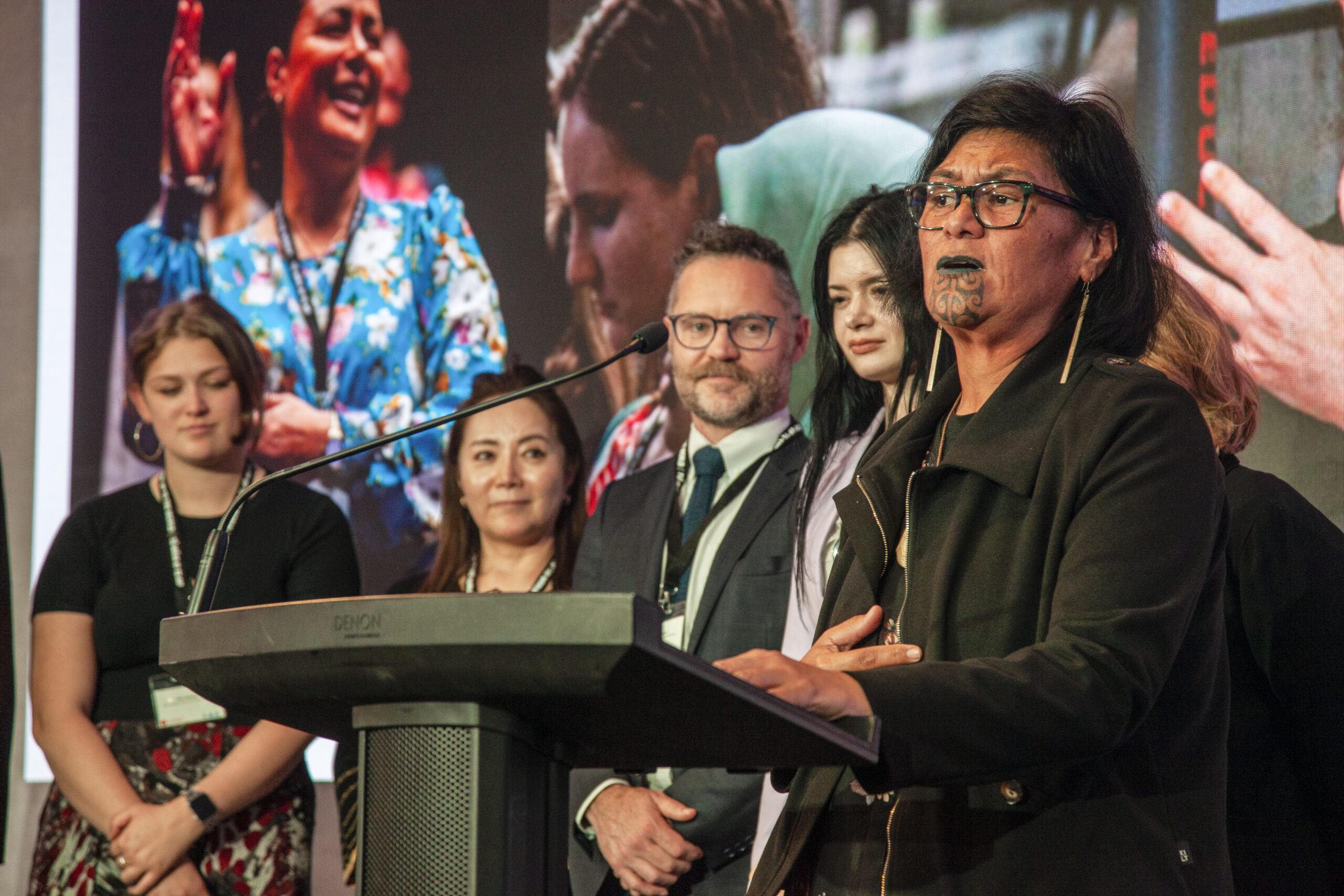
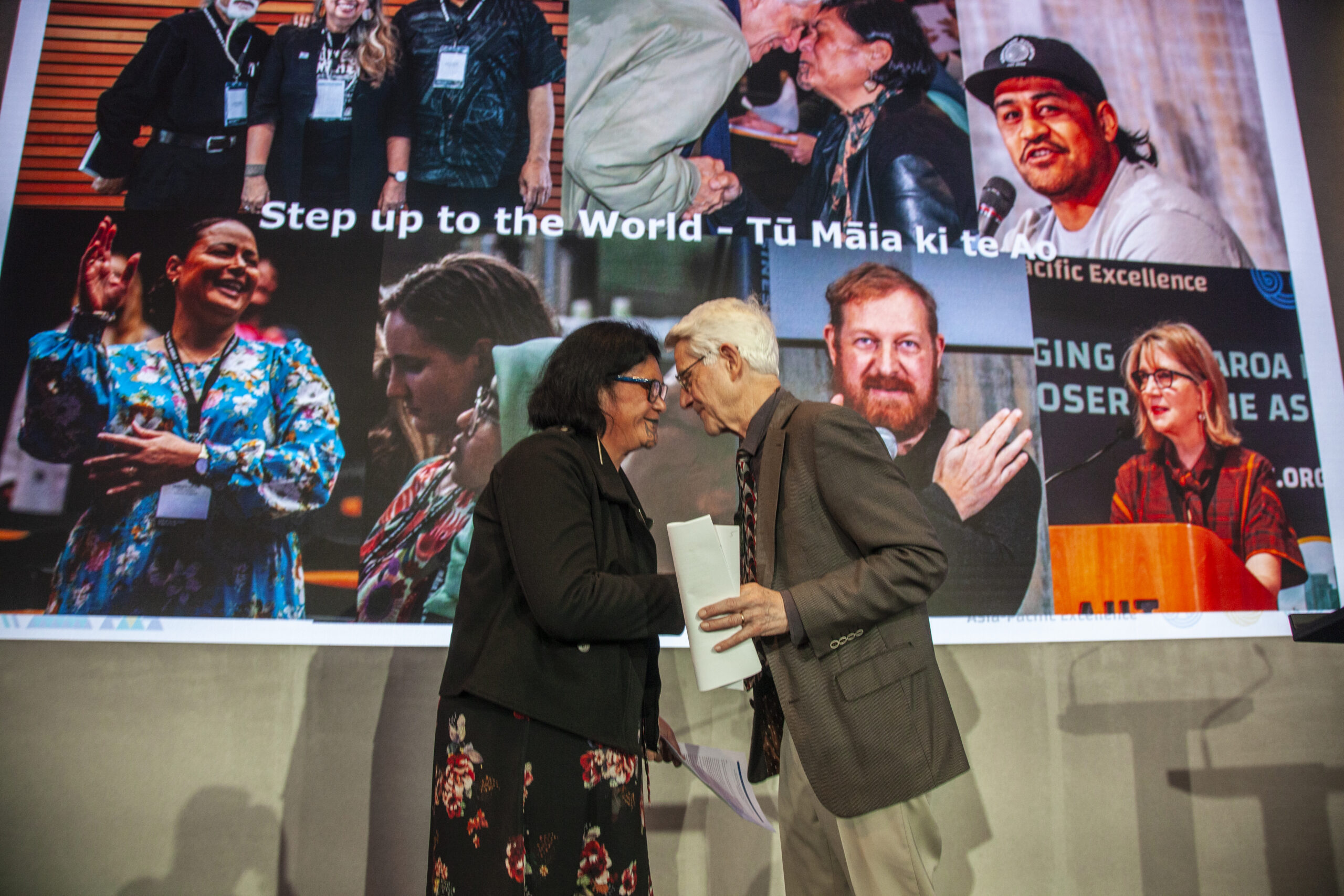
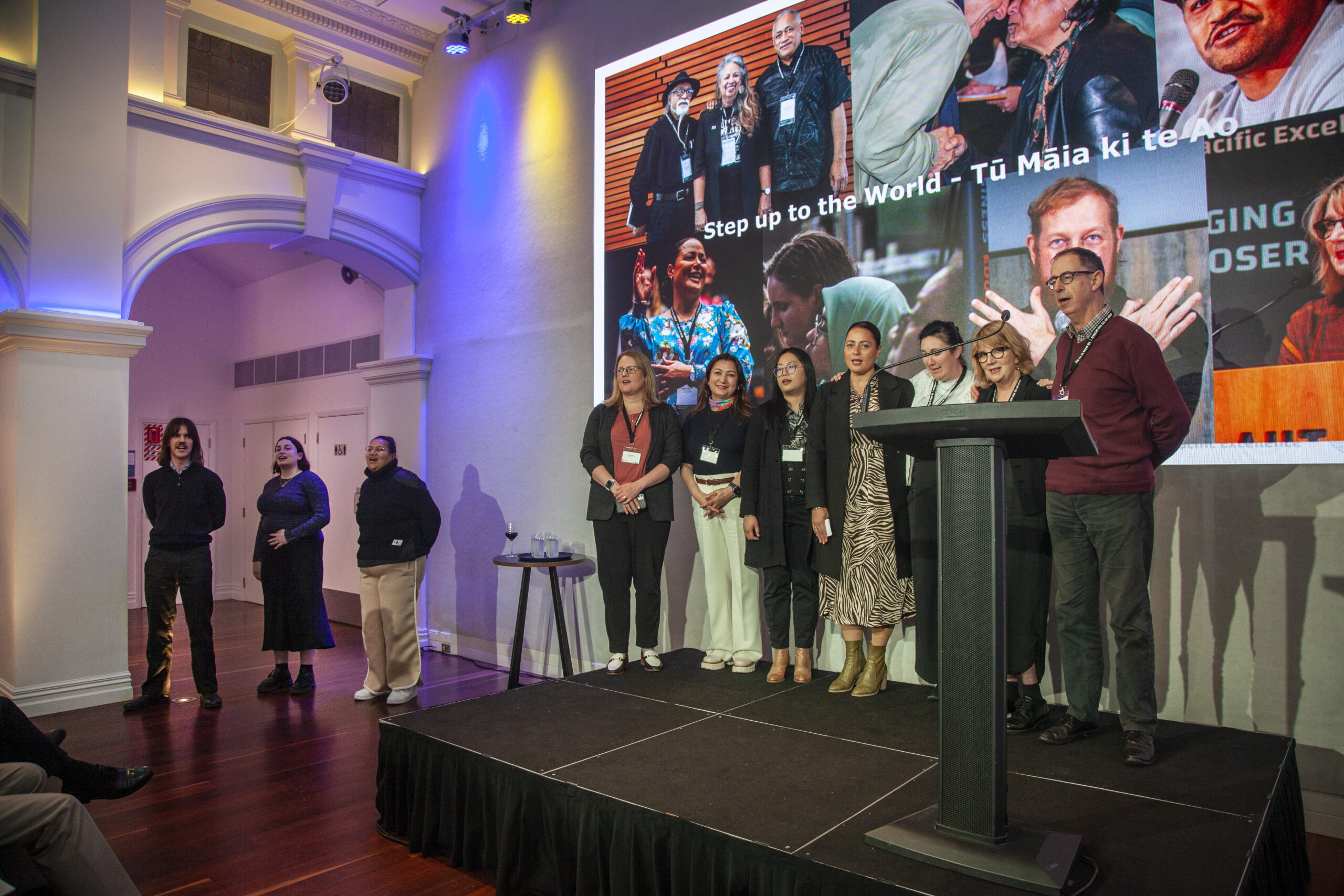
0 Comments